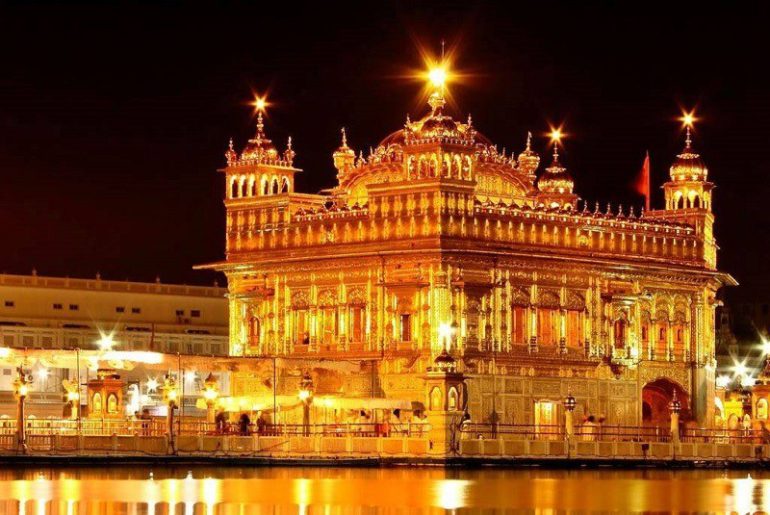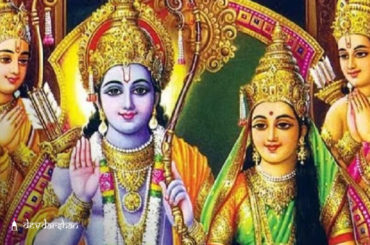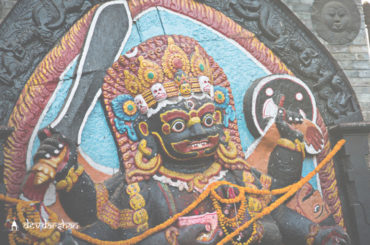India is a country with deep rooted cultural heritage and a long history which may be 1000 years old. One of the biggest advantages of being an ancient country is the amount of heritage and cultural practices that will be exported to the rest of the world. One of the most prominent heritage sites in India that has made a huge impact in the world with its piousness is the Golden Temple, Amritsar. The literal meaning of the name of the temple is “an abode of god”. The temple is an open house of worship for all men and women, from all walks of faith and life.
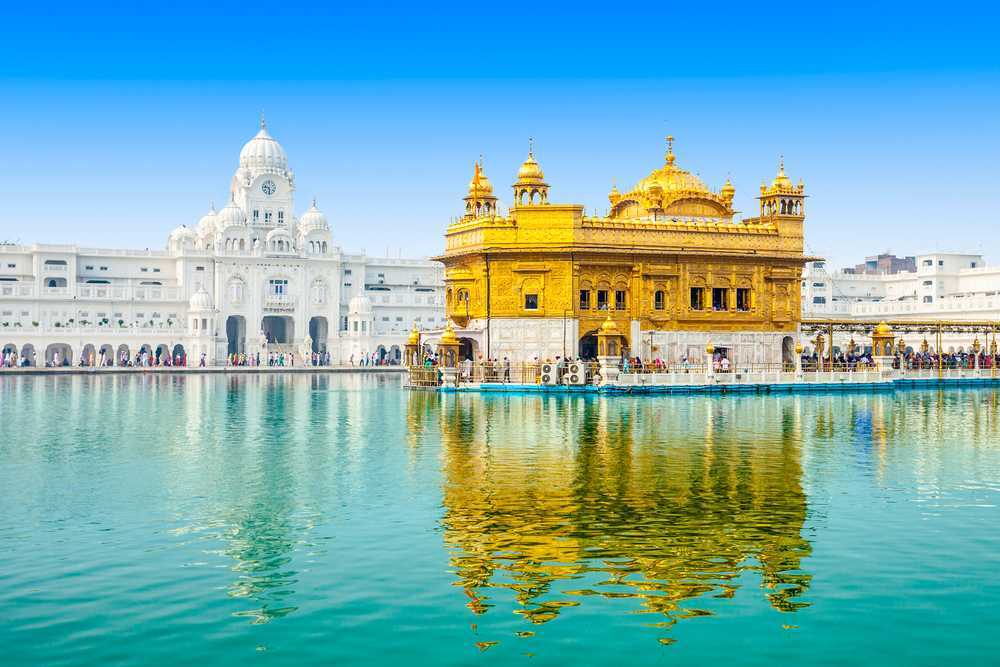
Here are some interesting and lesser known facts about Golden Temple-
- The Golden Temple is also referred to as “Harmandir Sahib” or “Darbar Sahib”, and is one of the oldest places of worship for the Indian Sikhs. It is situated in Amritsar, Punjab.
- The entire top of the temple is made up of pure gold, adding to the beauty of the magnificent temple. Initially, it wasn’t purely made of gold. Maharaja Ranjit Singh was the one who covered it with gold in 1830, about two centuries after its construction. Around 162 kgs of gold was used, then worth about Rs 65 lakh.
- Again back in the 90s, the temple was renovated with 500 kgs of Gold. The value of this quantity of gold, as of today, would be more than Rs. 140 crores.
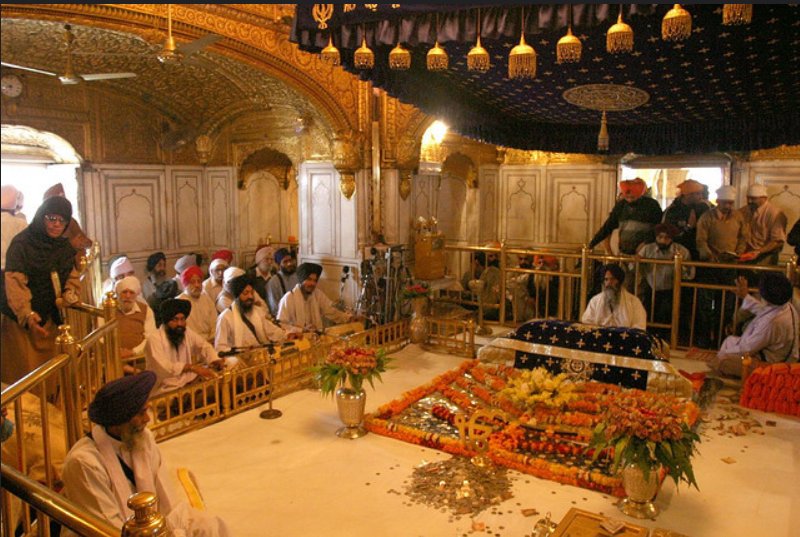
- This renovation went on for as long as 4 years i.e. from 1995 to 1999. The entire gold coating is done with 24-karat gold. There are 24 layers of gold coatings and all the coats were done by the hands of skilled artists from different parts of the country.
- Before the temple was built, the first Guru of the Sikhs, Guru Nanak, used to meditate at the site. It was not until the fifth Guru, Guru Arjana that the temple was built.
Some more astonishing facts about Golden Temple
- Guru Granth Sahib, the most sacred book of Sikhism, was first established in the Golden Temple itself. The main hall of this temple was the home of Guru Granth Sahib.
- The temple is surrounded by a manmade lake that boasts a lot about its exotic types of fish. The lake is known as ‘Amrit Sarovar’ which is translated as ‘Pool of Holy Nectar’ To reach the temple, you will literally have to walk on water.
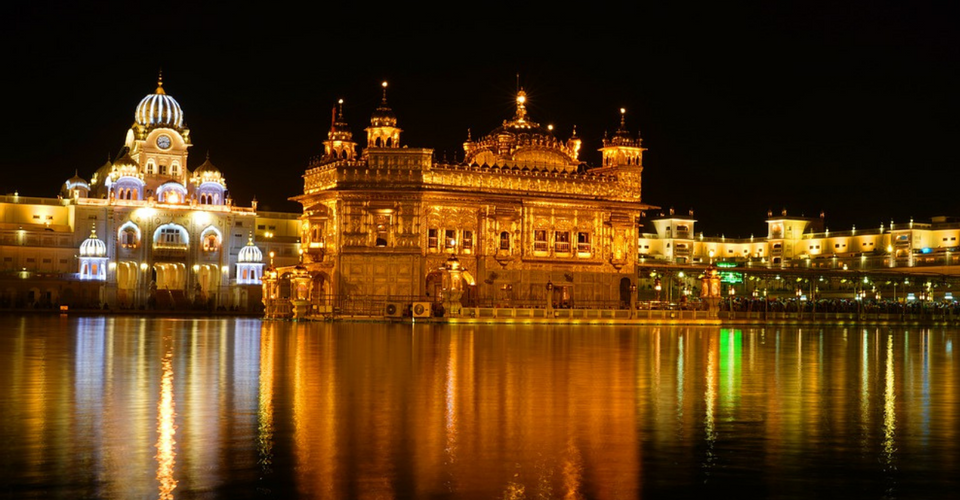
- The temple can be entered from four different entrances/sides to show openness and acceptance for people of all religions. About 35% of the devotees visiting the Golden temple belong to other religions than Sikhism.
- The most astonishing thing about this temple is that it has the largest kitchen in the world where more than 1 lakh people are served free food every day. This food is called langar, which is accepted as Prasad.
- Another unique thing about this temple is that the stairs here do not go up and down like other pilgrimage sites but instead descend downwards. The entire temple is built below the level of the city. Its texture is also quite different, the paintings here are hand-painted and the artwork is also quite different which reflects Mughal and Indian architecture.
Check out about various Online Puja and services provided by DevDarshan here and get your bookings done in one click. If you want to know more about Indian culture, Indian Temples, Pujas and festivals, then download the DevDarshan App. Don’t forget to share this blog if you liked it.
Also read: Rang Panchami 2022: The Triumph of Good over Bad!

